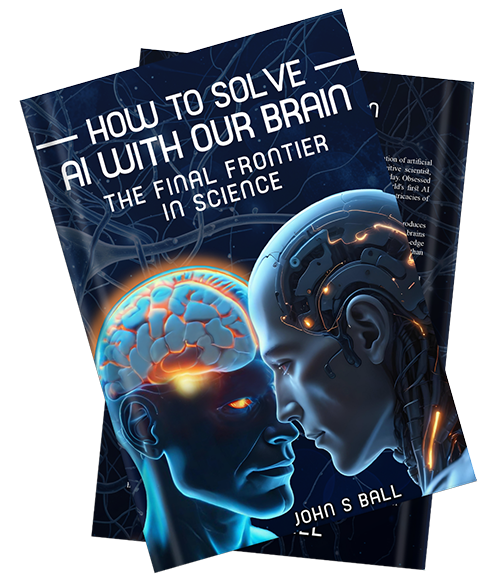The question of whether Artificial Intelligence (AI) can ever truly emulate humans has long been a topic of fascination and debate among scientists, technologists, and philosophers. With AI systems becoming increasingly sophisticated, from conversational agents like ChatGPT to self-driving cars, the idea of machines fully replicating humans seems less like science fiction and more like a possibility. But unrealized expectations are now common due to over commitment of AI’s capabilities. However, despite AI’s remarkable achievements, there remains a significant gap between what AI can do and what humans can do because of the gap between AI and how the human brain operates. The crux of this difference lies in understanding, creativity, and adaptability—areas where humans outshine even the most advanced AI.
At its core, AI excels at computation and pattern recognition. Machine learning algorithms are capable of processing vast amounts of data at incredible speeds, identifying patterns that can be used to predict outcomes or generate responses. For example, AI can learn to play chess at a superhuman level by analyzing countless moves and strategies, or it can diagnose diseases more accurately than some doctors by studying medical data. But this is where the limitations become apparent: AI is only as good as the data it is trained on, and its “understanding” of the world is based solely on these patterns and rules. For this reason, AI is rarely re-used such as where a chess-playing computer provides medical diagnosis.
Human intelligence, on the other hand, is not just about pattern recognition or data processing. It involves a deep understanding of context and nuance. Humans can think abstractly, infer meaning, and adapt to entirely new situations without needing to be retrained. This kind of flexibility is what sets humans apart from machines. While an AI might be able to generate a coherent sentence or solve a complex equation, it cannot truly comprehend the meaning behind its actions or think outside the box in the way humans do. This then leads to hallucinations, where the machine “makes things up” in error.
Another key difference lies in how humans process emotions and consciousness. AI does not have self-awareness or the ability to experience emotions. It can be programmed to recognize emotional cues in language or facial expressions, but it does not feel emotions itself. Human actions are deeply intertwined with emotional experiences, which influence decision-making, creativity, and problem-solving. AI’s lack of emotional depth limits its ability to replicate the rich, nuanced capabilities that humans possess.
However, this does not mean that AI cannot play a significant role in human-like tasks. AI can assist in decision-making, enhance productivity, and even simulate some aspects of human thought through advanced algorithms. But true human-like intelligence—marked by consciousness, emotions, and a deep understanding of meaning—remains out of reach for AI at present. AI will never fully mimic human intelligence until its use of science integrates cognitive science because human intelligence is so deeply rooted in biological processes like meaning and context that are currently excluded.
John Ball, a cognitive scientist and AI expert emphasizes this distinction in his work on AI and the brain. In his book, How to Solve AI with Our Brain, Ball argues that true AI will only emerge when we begin to model AI systems on the human brain’s structure and function, particularly in how the brain processes meaning. He believes that the future of AI lies in understanding rather than computation—an area where current AI systems still fall short.
So, can AI ever truly mimic humans? While AI can mimic certain tasks that involve logic, pattern recognition, and even some forms of decision-making, it remains fundamentally different from humans. The unique combination of adaptability found in humans is unlikely to be fully replicated by machines that exclude meaning and context. However, as AI continues to evolve, some tools will likely complement human needs in ways that enhance our capabilities, while other tools become human-like, accurately emulating our capabilities.


